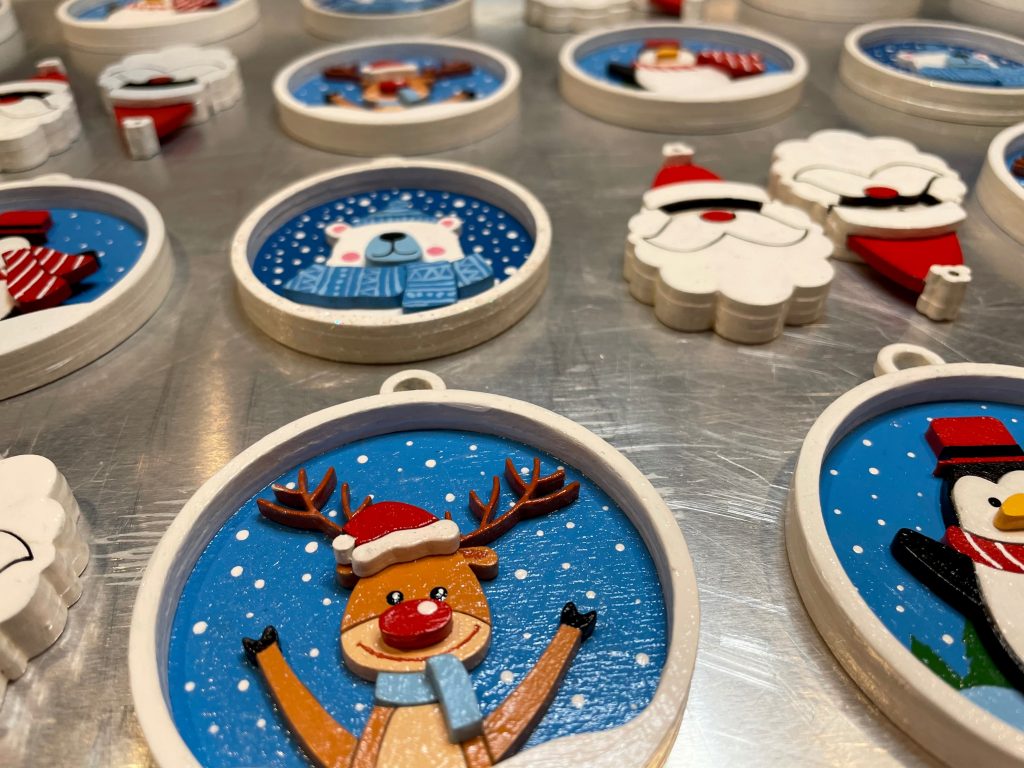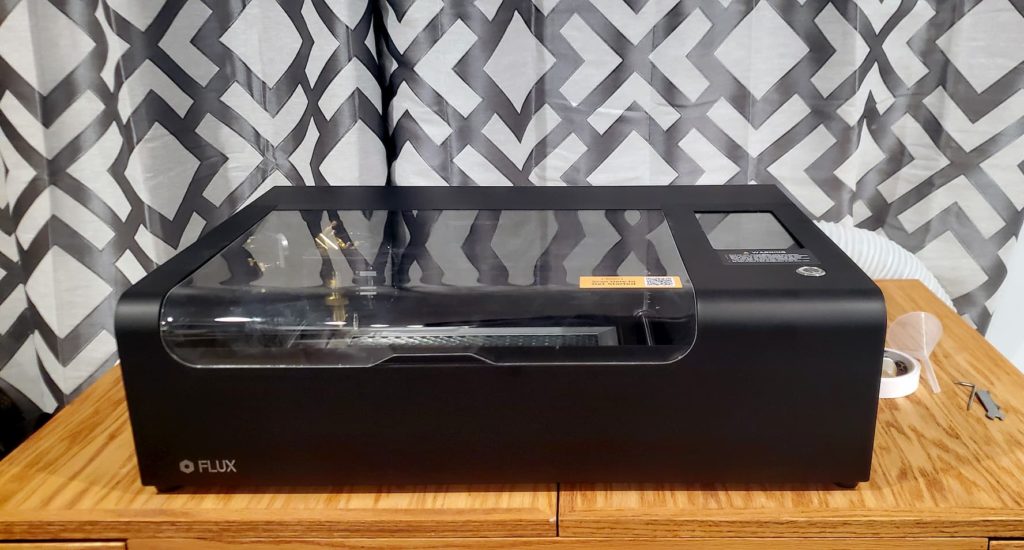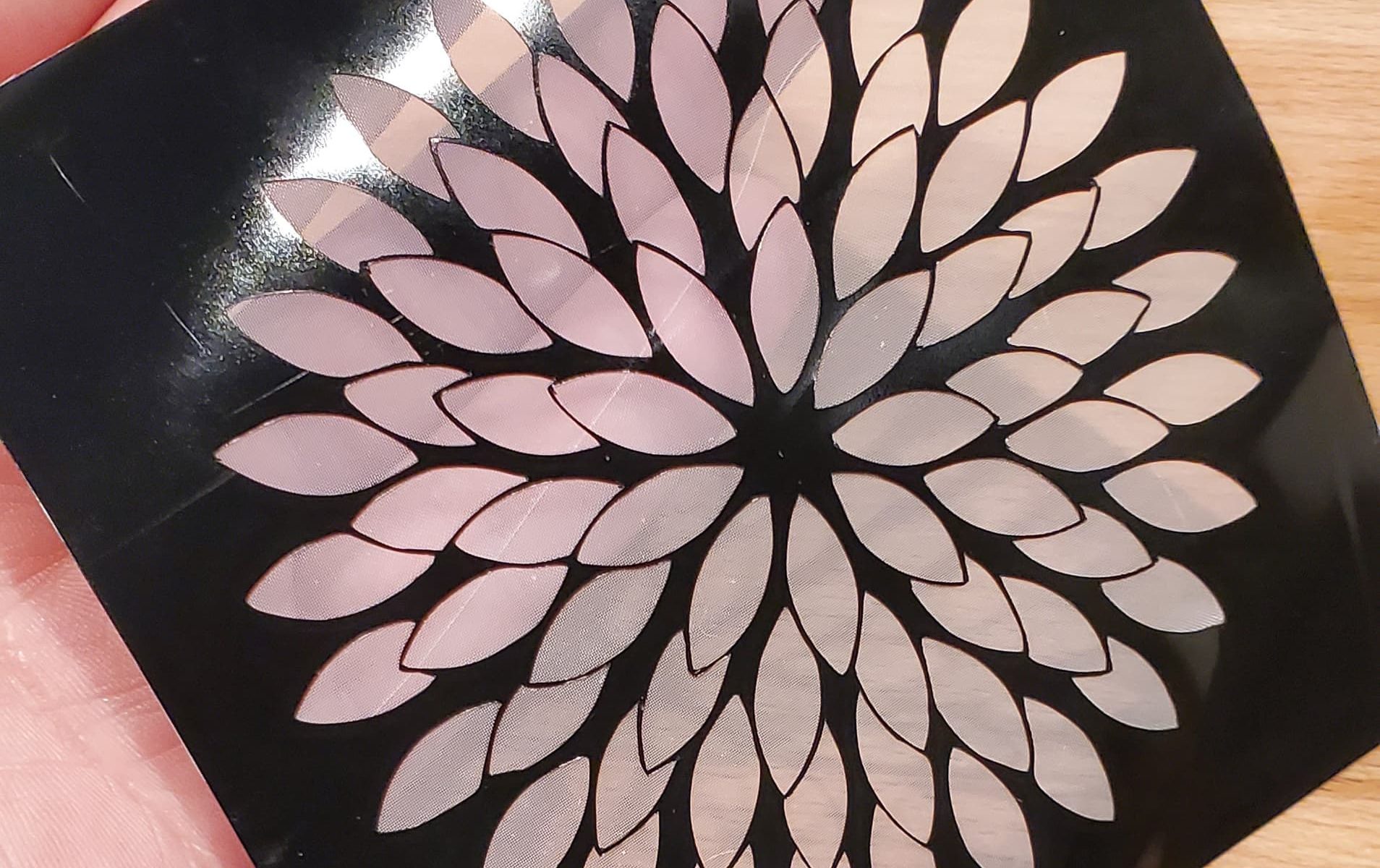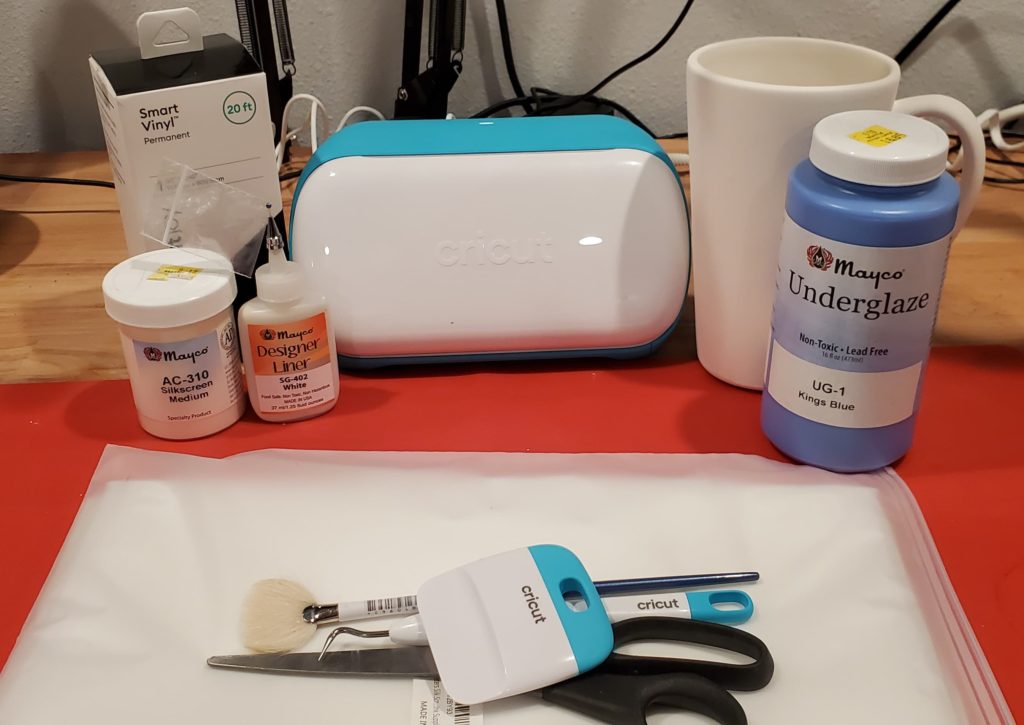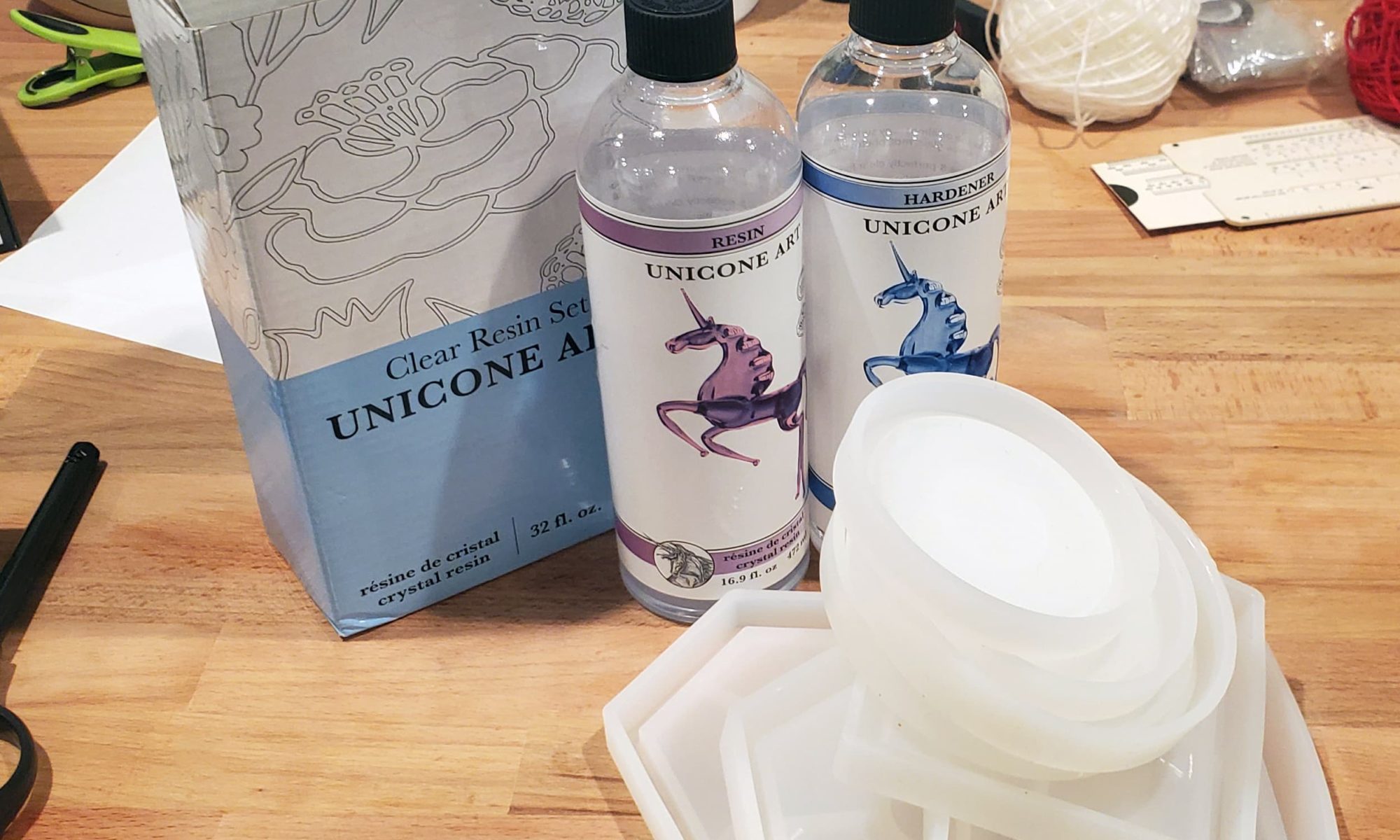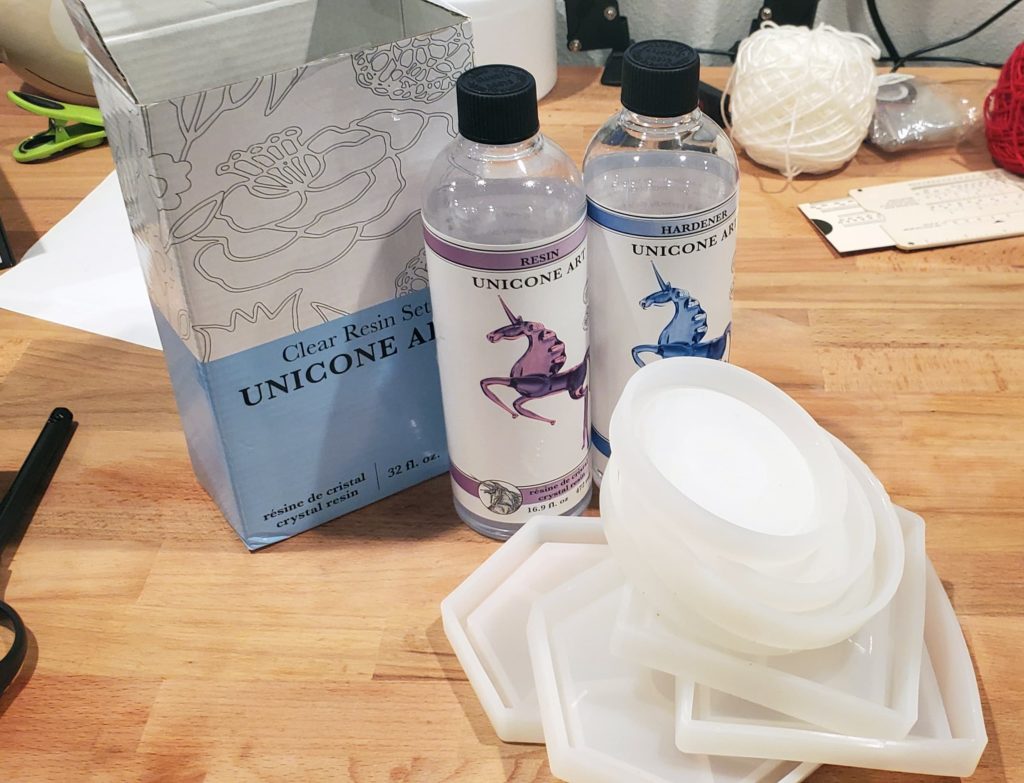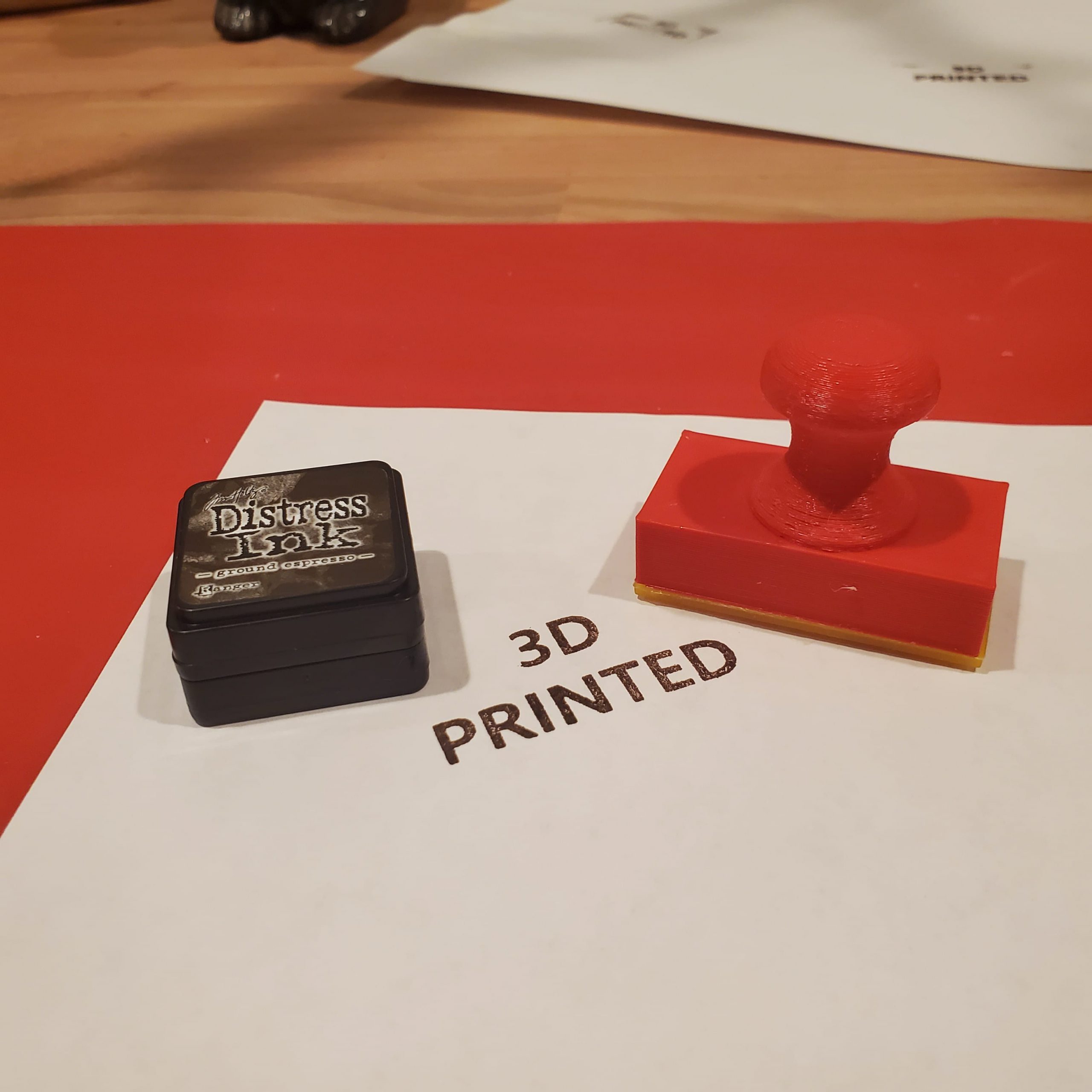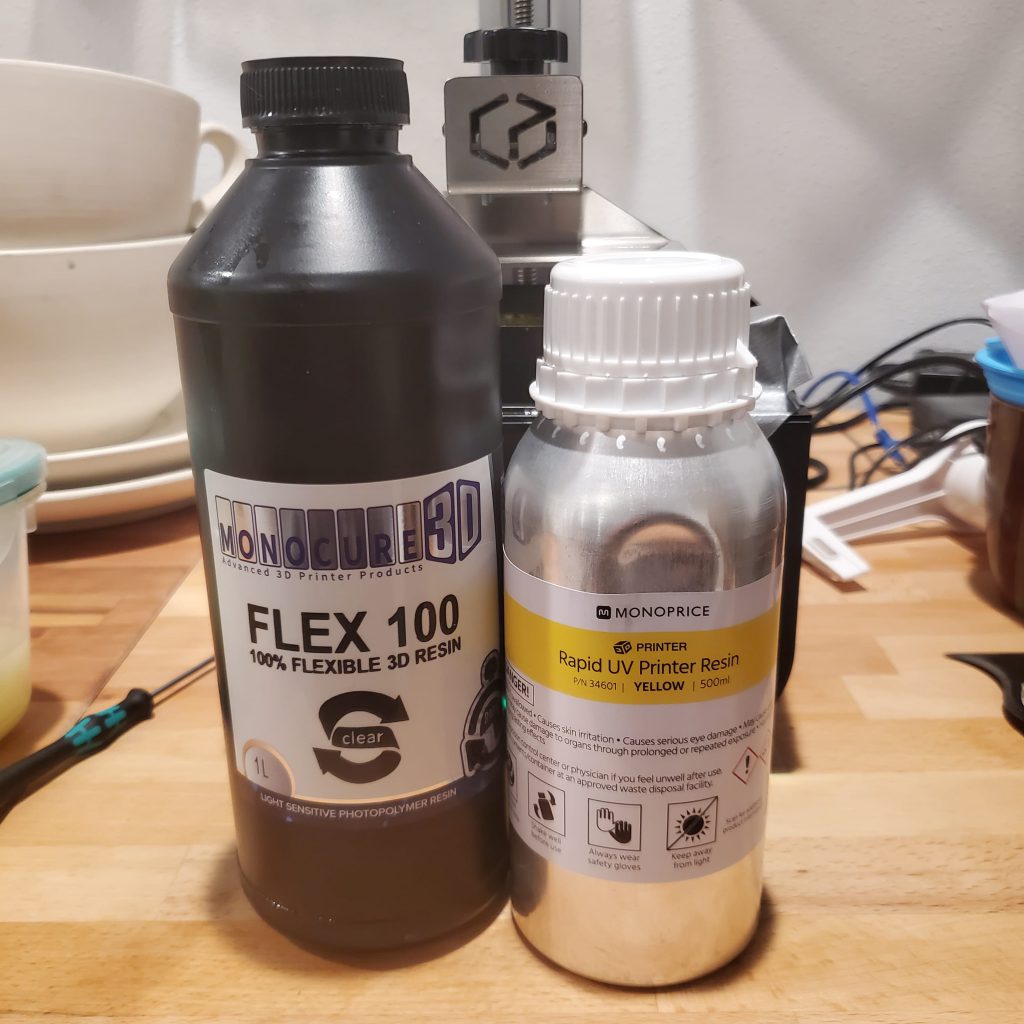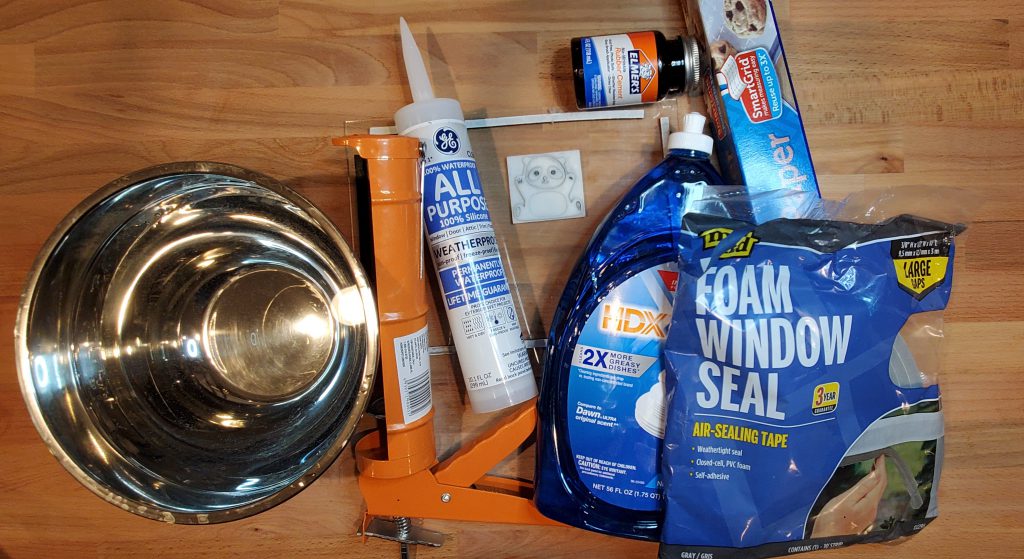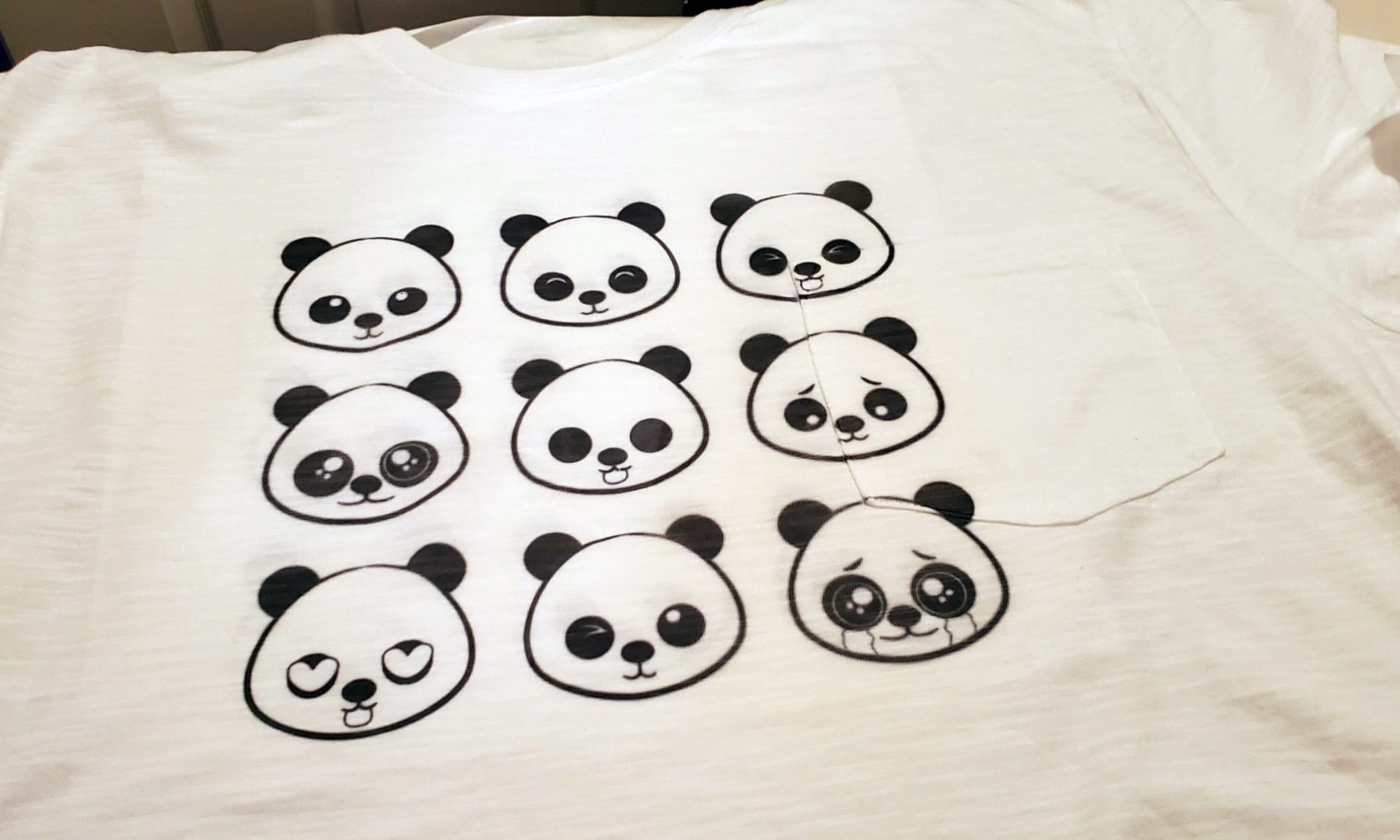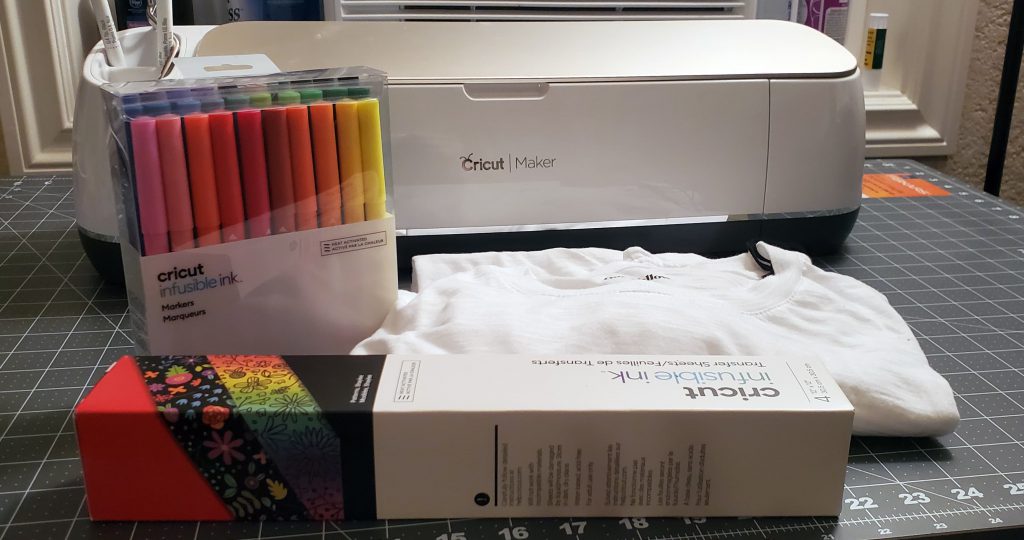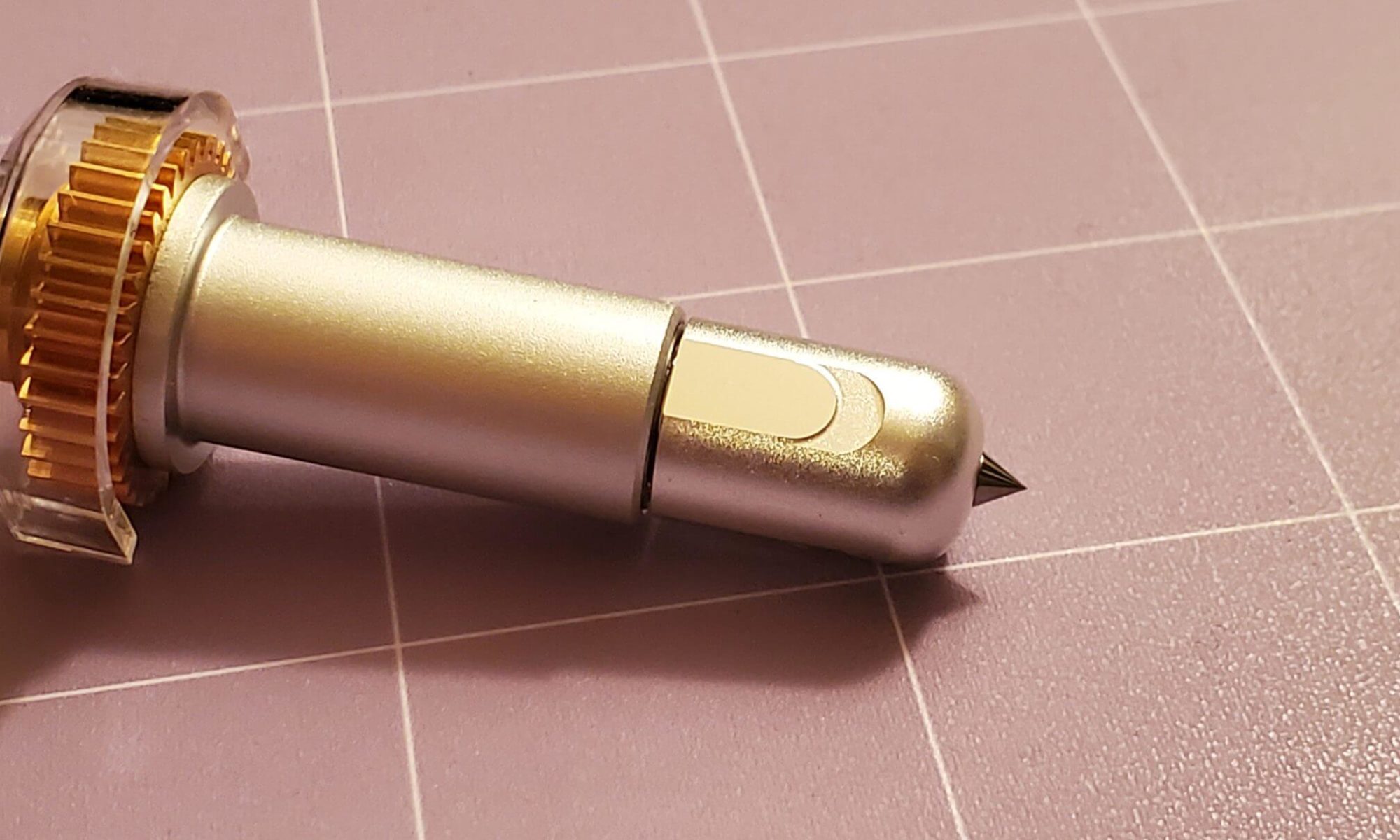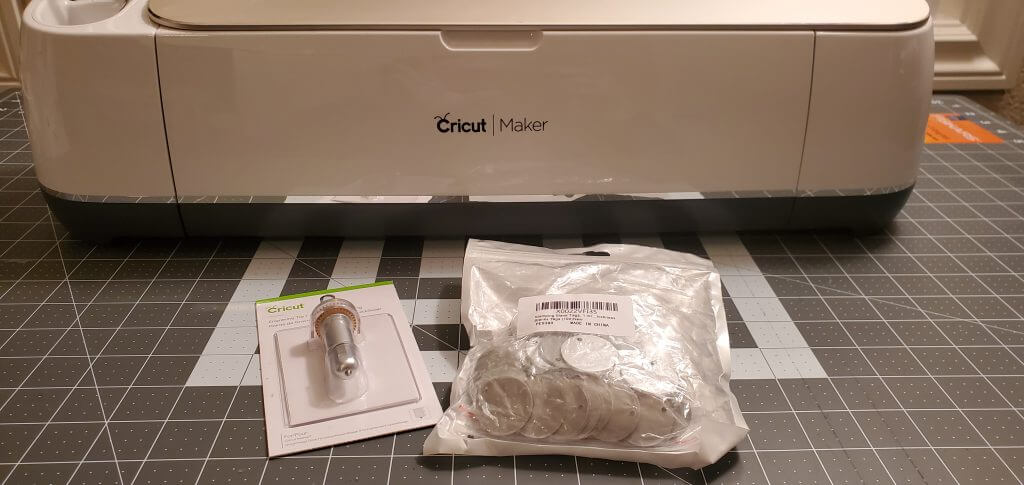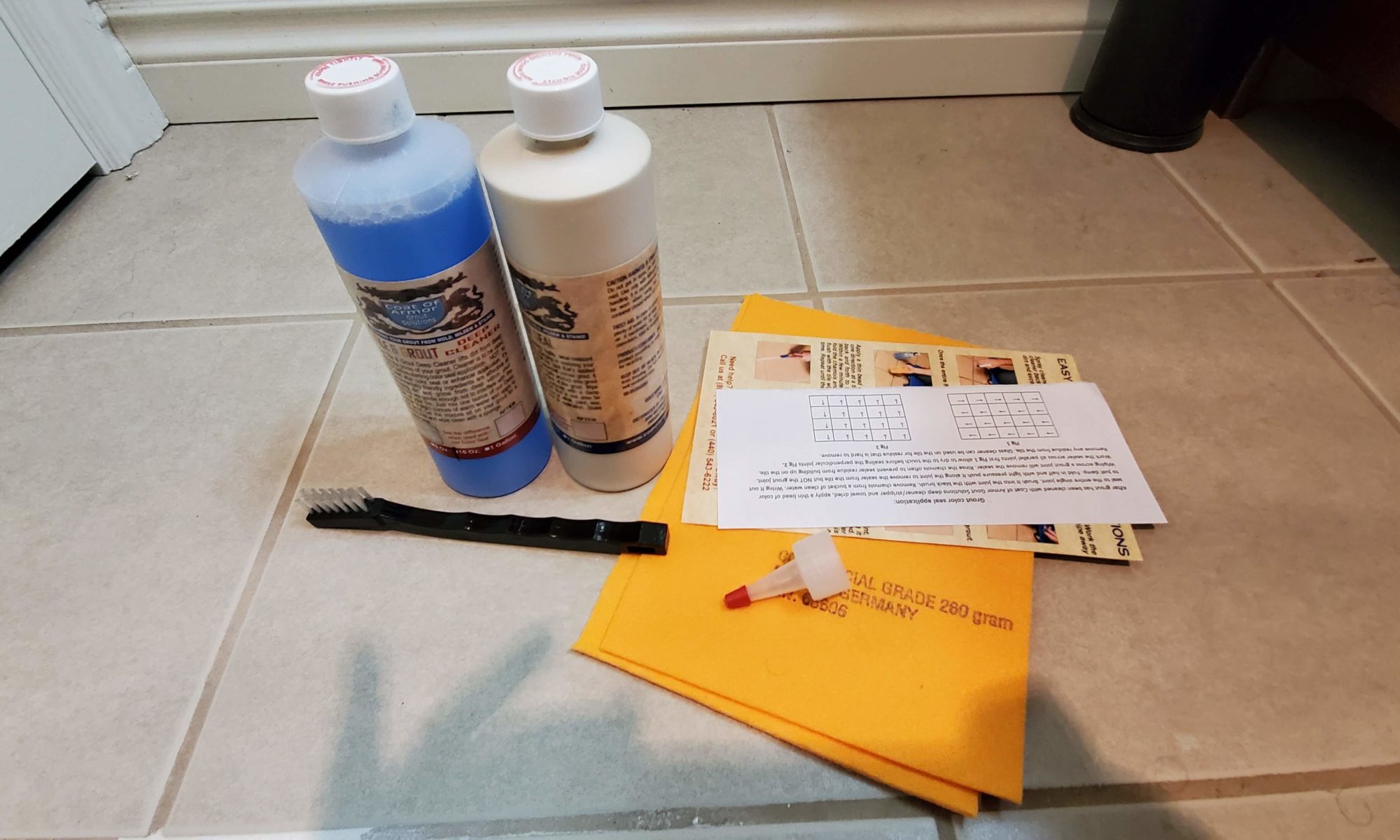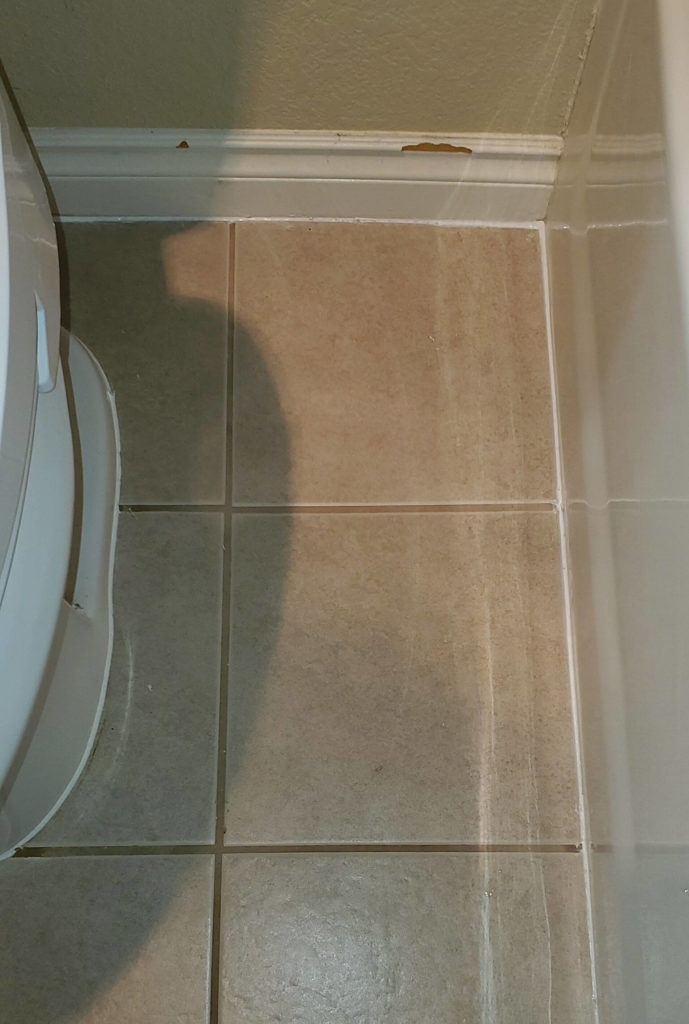I’ve been remodeling part of my house for a few months now. While I’m eager to move into the new area of the house (and a couple floors down), I want to make sure I leave the old space in good condition.

I started on the bathroom by re-caulking the shower, nearby walls and toilet. To my surprise, I was not horrible at caulking. I thought I was going to make a total mess of it. But after spending hours crawling around on the floor, I became acutely aware of how dingy the grout was. To be fair, I don’t think the grout ever looked nice in this room, so don’t judge me. It still looked awful even after having scrubbed it with grout cleaner.
Continue reading “Coloring My Grout With A Color Sealant”
